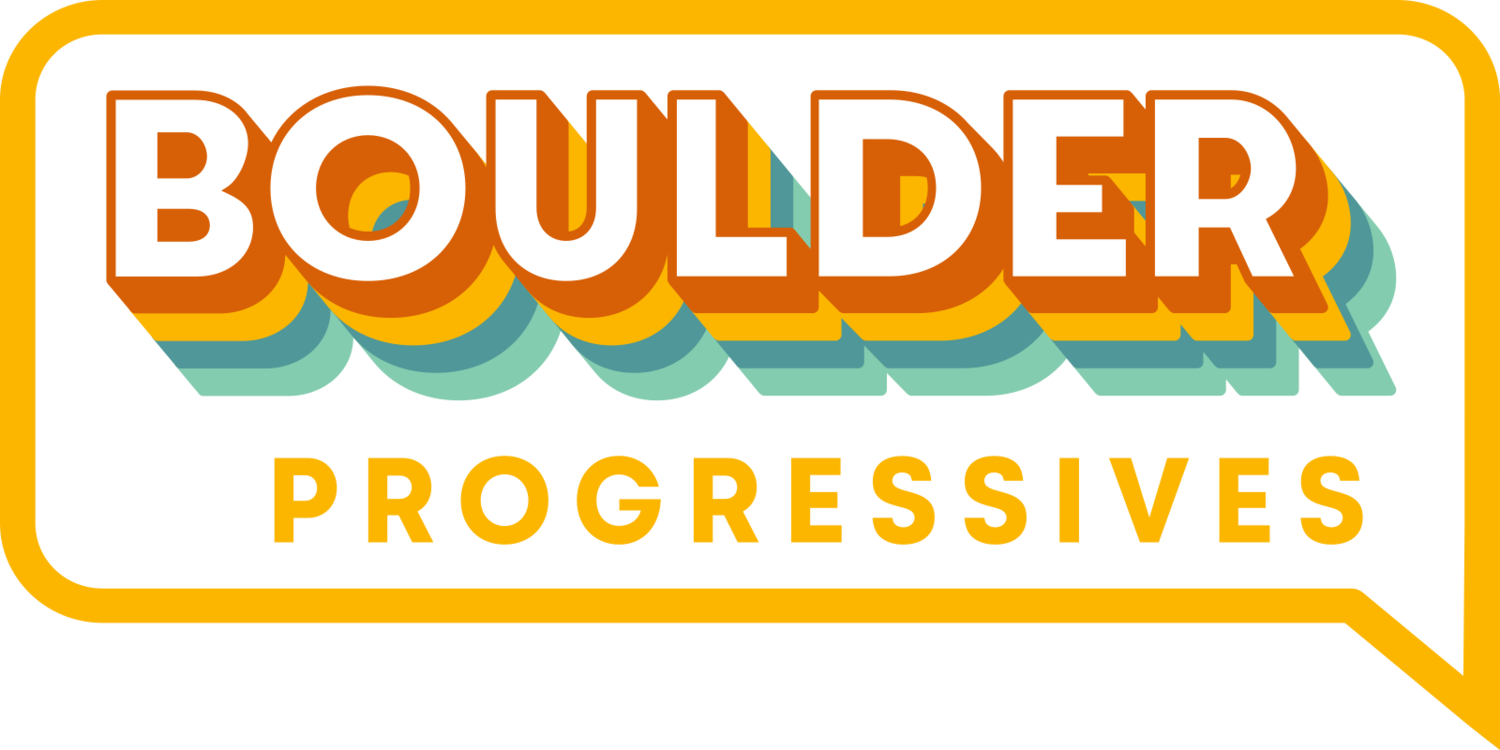Boulder’s Affordable Housing Goals vs. Actions
When it comes to housing for low-and middle-income residents, the Boulder City Council continues to struggle matching actions with words. In early April, the council committed to making 15% of the city’s homes permanently affordable by 2035. It’s a laudable goal with a progressive history. Since adopting a 10% target in 2000, Boulder has set aside nearly 3500 units for low- and moderate-income residents – those with those with annual incomes below $78,240 for a household of three, or $60,880 for a single person. The new goal, if achieved, could provide homes or improve housing security for thousands more people already living or working in the city. But without stronger leadership and attention to runaway market-rate housing prices, affordability will remain a hollow promise.
Reaching the 15% goal will require Boulder to add 250 homes per year to its current affordable inventory. It’s a staggering number given the barriers to development in the city. There are two ways forward, but both run afoul of the no-growth politics of PLAN-Boulder and its 6-member council majority. One approach involves acquiring existing market-rate homes, and converting them to permanent affordability. But funding for this strategy relies on capturing value from new market-rate development, something that’s anathema to local conservatives. New affordable construction, the second approach, quickly runs up against PLAN-endorsed growth limits: the missing units represent nearly 90% of all new housing envisioned in the Boulder Valley Comprehensive Plan. Either way, the average affordable unit requires $94,000 in subsidies to create, a sum that will only increase as property values rise. If there’s no market-rate development from which to capture this funding, it can only come from property or sales taxes, both of which burden our remaining low- and middle-income residents.
Even if the funding problem were solved, the current council majority seems more inclined to discourage affordable housing than to approve it. No matter the location or housing type, there are always reasons to say ‘no’. When ‘liberalizing’ ADU regulations, conservative councilmembers insisted on saturation limits that will continue to restrict the number of these popular small homes. On the same evening it adopted the 15% affordable goal, the council majority explored limiting the construction of small apartments in the East Boulder Opportunity Zone – an area where they ostensibly paused development to ‘encourage’ affordable housing. And even the proposed affordable units at the city-owned Alpine-Balsam site are now at risk, due in large part to the high per-unit cost of council’s preferred low-density site plans. These are not the actions of leaders who are serious about reaching ambitious housing goals.
But let’s suspend disbelief for a moment, and assume that good-faith efforts towards the 15% objective are forthcoming. Boulder can remove the requisite number of housing units from the speculative market and still have an affordability crisis. With property values rising faster than incomes, the city is losing hundreds of middle-income affordable homes to price appreciation every year. While current and would-be lower-income residents have the strongest claim to our limited housing funds, a comprehensive housing strategy cannot
overlook this shrinking middle. If the city council’s only ambition is to maintain a token working class minority in an otherwise wealthy city, the 15% goal may be sufficient. But on its own, this housing policy will fail a huge portion of our community. It’s simply not enough.
Given the magnitude of our challenges, we need to demand more than a number from our elected leaders. A progressive affordable housing strategy should embrace multiple approaches: increased funding, non-profit ownership, incentives for smaller lots and smaller units, density bonuses, and creative infill, amongst others. At the same time, we should object to plans that squander Boulder’s remaining development capacity on detached single-family houses. The suburban ideal that PLAN-Boulder and its council allies defend is now permanently out of reach for most current and would-be residents, and constitutes an irresponsible use of our shared resources.
These shouldn’t be difficult asks. While we debate housing goals in terms of price points and units produced, we’re ultimately talking about neighborhoods and homes for members of our community. Approximately 8500 people currently live in Boulder’s permanently affordable housing, and our city is better for their presence. And some of our most beloved and successful neighborhoods provide well-integrated, low-cost housing options for people in all life stages. We need leaders who recognize these strengths, and a city council majority that’s as willing to commit to meaningful action as it is to feel-good goals.
